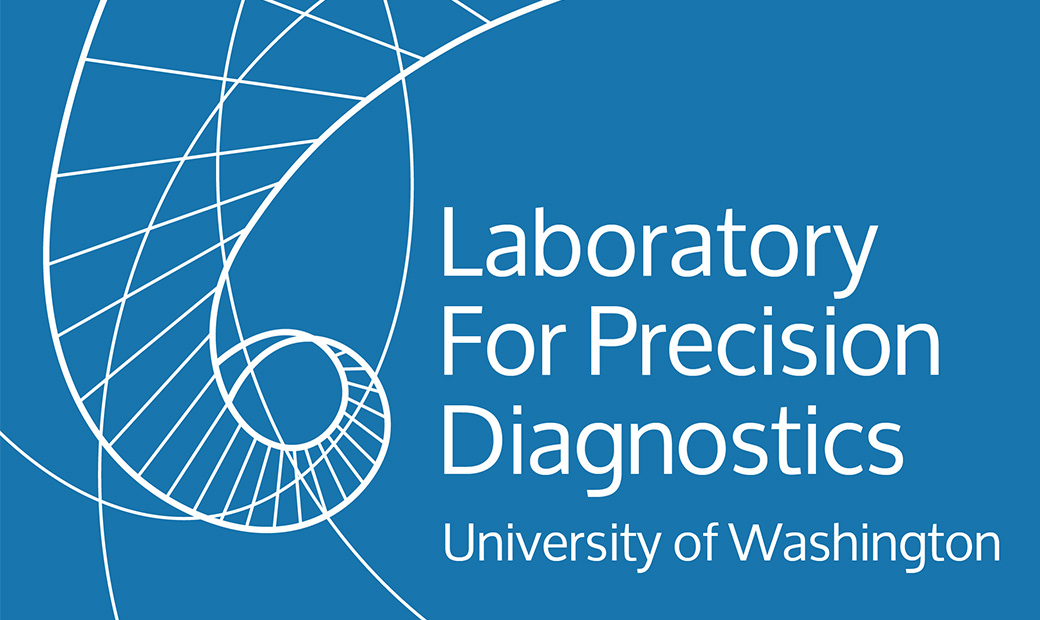Genes
Coding sequence of the genome
Test Guide
For the patient with a rare phenotype in whom exome sequencing did not identify a pathogenic variant in the past, re-evaluation of the original NCGL exome sequence data is offered when significant technological advances in sequencing technology and interpretation tools has occurred. The clinician is encouraged to contact the NCGL laboratory director to request comparison of the technology at the time of earlier testing relative to the present. Review of stored exome sequence files may be the most cost effective way of repeating examination of individual exomes. Study of the exome from the DNA of a single individual is used to identify sequence variants with a very low population frequency, with nucleotide conservation across species and likely pathogenic consequence. Testing of a family trio facilitates filtering of sequence variants and reduces the number of potential candidates by looking for the same sequence alteration in an unaffected parent(s).
Methodology
Next generation DNA sequencing is performed to identify nucleotide variants in the coding portion of the genome. >99% of the coding regions and the canonical splice sites are sequenced to a read coverage of greater than 20X and compared to the human reference genome. Variants are assessed for pathogenicity using available information from the following databases (ClinVar, HGMD, 1000 Genomes, Parkinson’s Disease Mutation Database, dbSNP and EXAC), published literature, clinical correlation, segregation analysis, functional studies and predicted functional or splicing impact using evolutionary conservation analysis and computational tools.
Procedure: Genomic DNA was extracted from blood using standard procedures. A library of DNA fragments was constructed and enriched for protein and RNA coding portions of the human genome using the Exome v1.0 (Integrated DNA Technologies) capture system. Paired-end sequencing of the enriched library was performed using rapid run v2.0 (Illumina) chemistry on a HiSeq 2500 (Illumina) sequencer according to the manufacturer’s recommended protocol. Resulting sequences were aligned to the human genome reference (hg19) using the Burrows-Wheeler Aligner (BWA) and variants identified with the Genome Analysis Took Kit (GATK). A modified version of the SeattleSeq tool was used to annotate variants found within these genes.
Limitations of Methodology: The test does not detect large deletions or duplications and has limited ability to identify small insertions and deletions. This test has limited ability to detect mosaicism. The assay does not detect variants located: 1) outside the captured exome, 2) in regions of insufficient coverage, 3) in regions containing paralogous genes or pseudogenes, or 4) where the reference genome is inaccurate or contains gaps and insertions.
Special Instructions
Please submit required requisition and consent forms:
Clinical information outlining the indication for the requested repeat exome data filtering and interpretation and pertinent medical history and family history is a necessary component of testing. The requisition form is formatted to allow for easy summary of the patient’s history and to note any suspected diagnoses and earlier negative testing. An exome sequencing consent form must accompany the sample.
REQUIRED FORMS:
How to Order
It may be helpful to contact the laboratory genetic counselor, Dru Leistritz-Kessler (206-543-5464 or dru2@uw.edu), with questions to determine if testing is appropriate and which test to select.
After selecting the test, please follow these steps to order it:
1. Complete Required Forms
2. Complete Billing Information (third page of Requisition Form)
3. Submit required forms to NCGL
Laboratory for Precision Diagnostics
Northwest Clinical Genomics Laboratory
1959 NE Pacific St., HSC H-561
Seattle, WA 98195
5. Receive Results
Results will be faxed to you at the contact points you provided on the requisition form.
Note: Orders cancelled after they have been submitted will incur a prorated charge based on the work that has been completed as of the time of cancellation.
(optional) You’ll need the Adobe Reader to view Requisition and Consent Forms above. If you don’t have it, please click here to get it now.
CPT Code & Cost
The cost of exome sequencing through the NCGL ranges from $900 to $5000. To receive the most accurate pricing, please contact the Genetics Pre-Authorization Billing group (gpab@uw.edu).
$Contact lab
